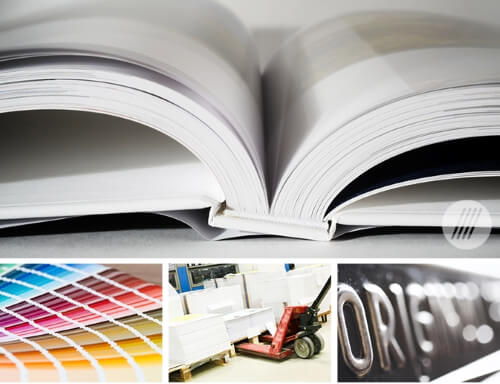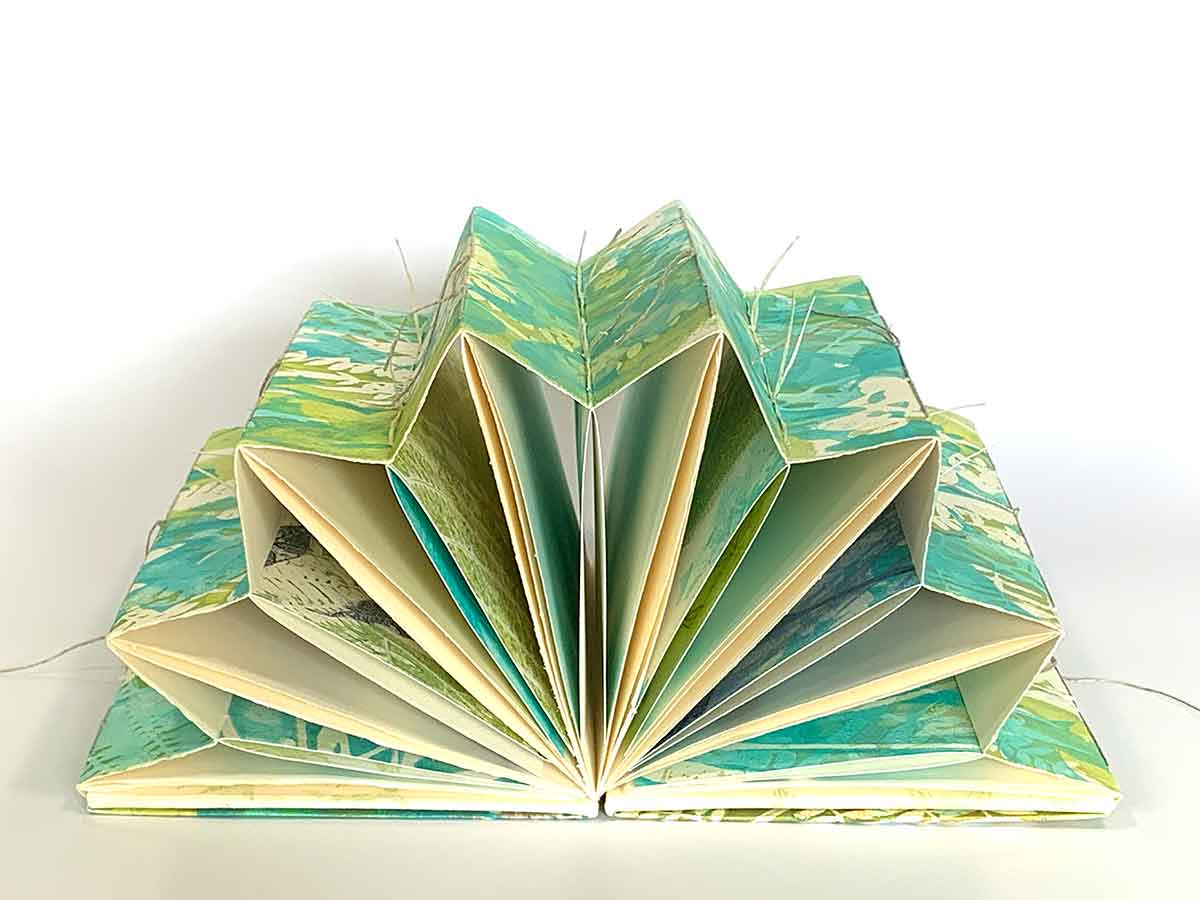Professional-Grade Binding Options That Elevate Your art book
Professional-Grade Binding Options That Elevate Your art book
Blog Article
Understanding the Process Behind High-Quality Art Book Printing for Art Fanatics
When it pertains to top notch art book printing, understanding the complexities of the process can elevate your gratitude for the end product. You might not understand just how crucial paper option and ink options are to the vibrancy of art work. Each aspect plays a significant function in achieving the desired result. As you explore the various parts of art book printing, you'll reveal insights that can transform your perspective on art conservation and presentation.
The Value of Paper Selection in Art Book Printing
When it involves art book printing, the choice of paper can make or damage the last product. You want your artwork to radiate, and the ideal paper improves shade vibrancy and detail. Think about aspects like weight, appearance, and coating; these aspects substantially impact how visitors regard your job.
For example, a larger supply communicates quality and resilience, while a textured surface can add depth to pictures. Smooth paper is excellent for in-depth reproductions, enabling great lines and refined tones to show up crisp.
Do not ignore the paper's illumination; a brighter sheet can aid shades pop, making your art a lot more attractive. You'll also wish to think of how the paper communicates with inks and whether it can take care of the printing process without deforming or bleed-through. Inevitably, selecting the ideal paper establishes the stage for your art, ensuring it records the audience's attention just as you envisioned.
Selecting the Right Inks for Vivid Reproductions
Picking the best inks is simply as essential as choosing top quality paper to achieve vibrant recreations in your art book. When you're publishing art work, you desire colors that pop and accurately represent the original item. Choose inks with a high pigment concentration; these often tend to create richer and much more saturated shades.
You may consider utilizing archival inks, which stand up to fading gradually, guaranteeing your art book stays as striking as the day it was printed. If you're working with photographs or electronically created art, pigment-based inks can offer a bigger shade range, improving detail and depth.
Don't ignore the coating! Matte and shiny inks can significantly alter the appearance of your art work, so assume regarding the appearance you're intending to accomplish - art book. Ultimately, the ideal ink choice complements your paper choice, creating a sensational visual experience for your readers
The Duty of Shade Administration in Publish Quality
Shade management plays a necessary function in attaining high print quality for your art book. It assures that the colors you see on your display translate accurately to the published page. Without effective shade monitoring, your vibrant artworks may show up plain or altered, threatening your creative vision.
Next, use shade profiles customized for your printer and paper type. These accounts direct the printer in replicating colors precisely, decreasing inconsistencies in between electronic and published variations.
When you prepare your documents, consider using a color room like Adobe RGB or CMYK, depending upon your printer's specs. Always evidence your job, too; a test print can expose any potential shade issues before the last run. By prioritizing color administration, you safeguard the stability of your art, assuring your target market experiences it as you planned.

Understanding Different Binding Strategies
Accomplishing the ideal appearance for your art book exceeds shade administration; binding techniques additionally play a substantial function in its overall discussion and resilience. You have a number of alternatives to evaluate, each with its very own one-of-a-kind characteristics.
If you're intending for a professional feel, instance binding uses a tough choice with a hard cover, ideal for showcasing your artwork. On the various other hand, perfect binding offers an adaptable back while keeping expenses down, making it a preferred choice for softcover books.
Spiral binding permits your art book to lay flat, which is excellent for displaying pictures without blockage. Meanwhile, saddle stitching is excellent for smaller pamphlets, giving a clean surface without the bulk.
Ultimately, the binding method you select need to show your artistic vision and exactly how you desire visitors to involve with your work. See to it to weigh these alternatives thoroughly to accomplish the best result for your job.
The Effect of Publish Size and Layout on Discussion
While the option of print dimension and layout might appear secondary to content, they substantially influence just how your art work is perceived. The dimensions of your prints can either improve or diminish the effect of your items. Larger prints can draw viewers in, enabling them to value detailed information, while smaller formats could require more intimate engagement.

Preservation Methods for Lasting Art Books
To guarantee your art books stand the test of time, it's vital to apply effective conservation techniques. Use acid-free storage boxes or protective sleeves to shield them from dirt and physical damages.
When managing your publications, constantly clean your hands or put on cotton handwear covers to avoid oils and dirt transferring onto the web pages. Stay clear of bending or wrinkling the spinal columns; rather, utilize book supports when showing them.
For added protection, take into consideration buying archival-quality materials for any type of fixings click here or enhancements. Regularly check your collection for indications of wear or damages, attending to issues without delay. By adhering to these simple approaches, you can guarantee your art books stay lively and available for years ahead, maintaining their beauty and value for future generations.
Collaborating With Printers for Ideal Outcomes
When you're ready to print your art book, picking the best printer is vital to attaining your vision. Clear communication concerning your expectations and requirements will help ensure that both you and the printer get on the very same web page. Let's discover just how to make this partnership as smooth and efficient as feasible.
Selecting the Right Printer

Efficient Interaction Approaches
Effective communication is crucial for turning your art book vision into reality, specifically when teaming up with printers. art book. Begin by plainly outlining your project's objectives, consisting of layout components, preferred get more info products, and any specific printing strategies. Do not think twice to share your ideas and referrals; this aids the printer recognize your visual
Establish regular check-ins to talk about progression and deal with any kind of questions. Use visuals, like mock-ups or examples, to share your concepts better. Be open to comments, as printers typically have valuable understandings that can improve your task. Maintain a favorable relationship by being respectful and pleased of their expertise. This partnership will certainly guarantee that your art book fulfills your expectations and beams in its final kind.
Regularly Asked Inquiries
What Prevail Blunders to Prevent in Art Book Printing?
When publishing your art book, stay clear of typical blunders like poor resolution images, incorrect shade accounts, and disregarding page design. Do not neglect to check and verify details to confirm your final item satisfies your assumptions.
Just How Does Digital Printing Differ From Traditional Printing Techniques?
Digital printing uses electronic files to produce prints straight, permitting quicker turnaround and customization. In comparison, conventional approaches include physical plates, which can be lengthy and less adaptable for little runs or distinct layouts.
What Is the Regular Turn-around Time for Art Book Printing?
The regular turn-around time for art book printing varies, however you can anticipate it to take anywhere from a couple website of weeks to numerous months. Factors like complexity, quantity, and printing method all affect this timeline.
Can I Print a Restricted Version Art Book Economically?
You can print a minimal version art book economically by selecting economical products, enhancing print runs, and utilizing digital printing alternatives. Mindful preparation and budgeting will assist you achieve top quality without overspending.
What Are the Ecological Factors To Consider in Art Book Printing?
When taking into consideration art book printing, you should consider eco-friendly materials, sustainable inks, and energy-efficient procedures (art book). Choosing local printers can also decrease your carbon footprint, making your job both gorgeous and eco liable
Report this page